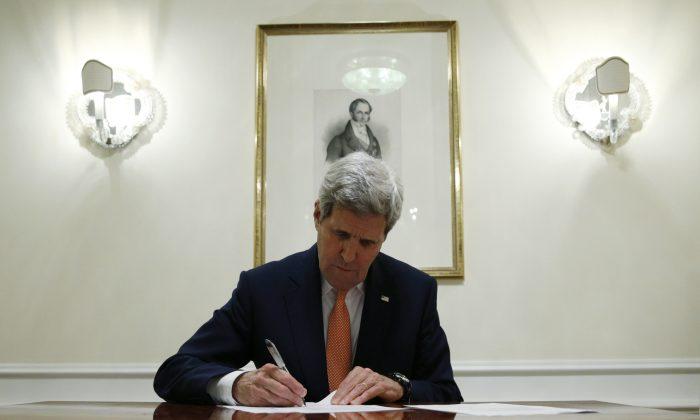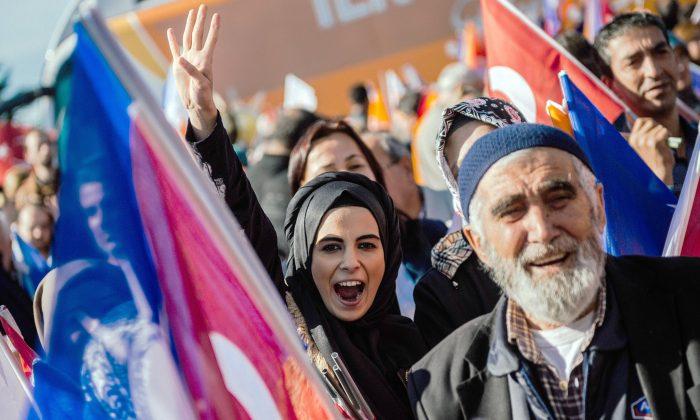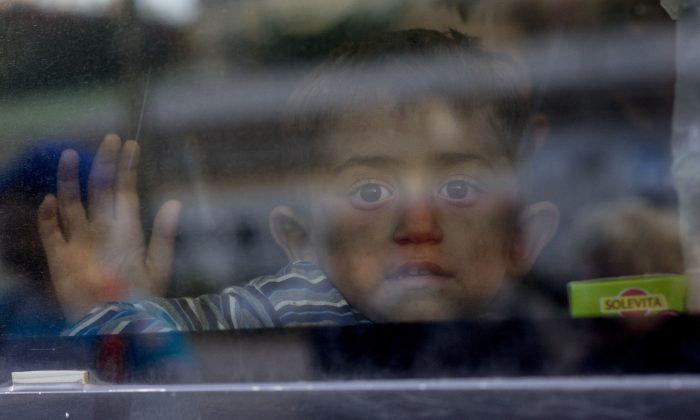Its been reported that “Implementation Day” is here and nuclear sanctions against Iran have now been lifted. But what exactly does this mean?
Heritage Foundation expert Luke Coffey weighs in to answer Implementation Day questions:
1. What is Implementation Day?
Implementation Day is the point at which the deal agreed in Vienna last summer between the international community and Iran over the Iranian nuclear program comes into force. This means Iran will regain access to around $100 billion in unfrozen assets.
This is equivalent to almost one-third of Iran’s total GDP (if the U.S. were to receive one-third of its GDP overnight it would amount to $5.6 trillion).
It’s important to keep in mind that these unfrozen assets do not include the hundreds billions of dollars that Iran will receive overtime as a result of international economic sanctions been lifted.
There is, however, well-founded concern what this Iranian financial windfall will mean.
2. What might Iran use these funds for?
While no one can know for sure what Iran will do with $100 billion in unfrozen assets, a quick look at their recent history can offer some ideas.
For instance, Iran is one of the largest state sponsors of terrorism in the world. It funds and supports insurgent groups, terrorist organizations and proxy forces in Iraq, Yemen, Lebanon, Syria, and Afghanistan.
It has also encouraged political instability in places like Saudi Arabia and Bahrain. If Tehran’s recent actions in the Middle-East are any indication it is likely a huge chunk of this money will go to supporting these nefarious groups. As if this wasn’t bad enough, Iran will likely use billions of dollars of sanctions relief to continue a covert nuclear weapons program. Essentially, the international community could very well end up funding Iran’s nuclear program.
2. Can the U.S. block the unfreezing of Iranian assets?
Of the $100 billion, an estimated $2 billion is located in the United States. Even if the U.S. took unilateral action and held on to this money (which it clearly won’t because the Obama administration is the world’s biggest supporter of the deal), Iran will still enjoy an unprecedented financial windfall similar to winning the powerball lottery.
3. How do other countries view this?
It looks like many of America’s partners and friends around the world are willing to go through with the deal.
There is a certain amount of diplomatic fatigue after years of negotiations and many of America’s partners were only too happy to see a conclusion of this deal no matter what the outcome. Many countries have also agreed to this deal blindly with little or no public debate or parliamentary scrutiny.
My colleague at the heritage foundation, and top middle east expert, Jim Phillips has written a great synopsis of what the next U.S. president can do.
The bottom line is that the next president should not accept the deal as a fait accompli.
Whether or not the next U.S. president will have the vision and leadership to roll back the deal remains to be seen. But failing to do so could have disastrous consequences, not only for the region but the world.
An Iran with a nuclear bomb will spark an arms race in one of the most unstable parts of the world.
Luke Coffey is the director of the Douglas and Sarah Allison Center for Foreign Policy at The Heritage Foundation. Copyright The Daily Signal. This article was originally published on The Daily Signal.



Friends Read Free